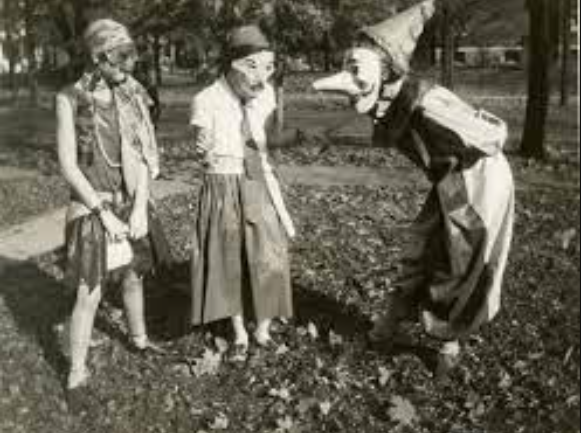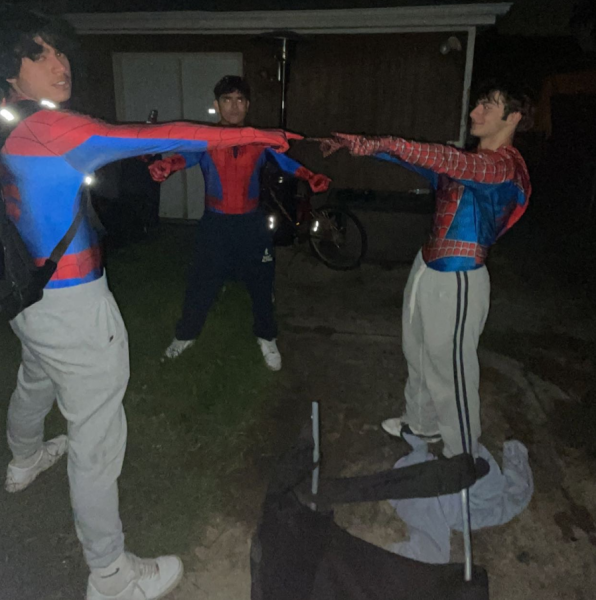With Halloween just ending, Elmwood Park High School saw many creative and eye-catching costumes this year from both the students and the teachers. We asked the tigers to share what their costumes were this October 31st. But first, let’s go back in time to see where Halloween began.
History

The Halloween tradition dates back to over 2,000 years ago. Ancient Celts of Europe, specifically Ireland, originally celebrated Samhain; the night before the new year when the ghosts of the dead returned to Earth. Celts dressed up in outfits that were meant to symbolize the ‘souls of the dead’ and built huge bonfires to sacrifice animals and crops, then went to houses to get candies like ‘soul cakes’. This is now known as souling. As Christianity spread, the Celtic festival slowly began to get replaced with All Saints Day, also called All-hallows Day. The night before this was called All-hallows Eve, which is now Halloween.
Americanization of Halloween
As immigrants from Ireland and other parts of Europe began to migrate and settle in America, they brought their traditions with them. As time passed, Americans began to take part in the new traditions, though it was very limited at first. Marketers took this opportunity to commercialize Halloween, causing a big steer in the meaning of the original holiday.
Commercialization

Halloween gradually steered away from its original meaning. Teenagers began to use it as an excuse to vandalize and riot by destroying peoples fences and windows. As a result, society as a whole tried to tweak the meaning of the holiday and even went as far as to change the name of it. Overall, Halloween began to steer away from its connection to death and souling as it became more and more commercialized and rooted with pop culture.
Now
By the mid 20th century, Halloween lost all of its religious roots and became modernized, mainly focused on children. Communities wanted to alter the grotesque and witchcraft origins into something family friendly without superstitious overtones. Trick-or-treating was revived in the 1950s, and families would give out small treats in order to not get tricks played on them. Halloween movies and decorations became more and more popular. Brands started to make great profit off of children, adult, and pet costumes in the fall season. Americans spend around $6 billion every year on Halloween. Today, this single day holiday remains very popular, revolving around costumes, trick-or-treating, and getting in the spooky spirit.

Halloween has gone through many changes since its ancient origins. From pagan rituals to child-play, this holiday has become based on American consumerism and fun activities. Eerie vintage paper mache masks have been replaced with simple modern costumes, such as Patrick Bateman, which was the most popular costume in EPHS this year. All-Hallows Eve has been forgotten.
Works Cited
-
From pagan spirits to Wonder Woman: A brief history of the Halloween costume. (2020)
- Halloween 2023. (2023, October). History.com. https://www.history.com/topics/halloween/history-of-halloween
- Samhain (Samain) – The Celtic roots of Halloween. (n.d.). NewGrange.
- https://www.newgrange.com/samhain.htm#:~:text=The%20entrance%20passage%20to%20the,Ireland%20about%2 02%2C500%20years%20ago.






